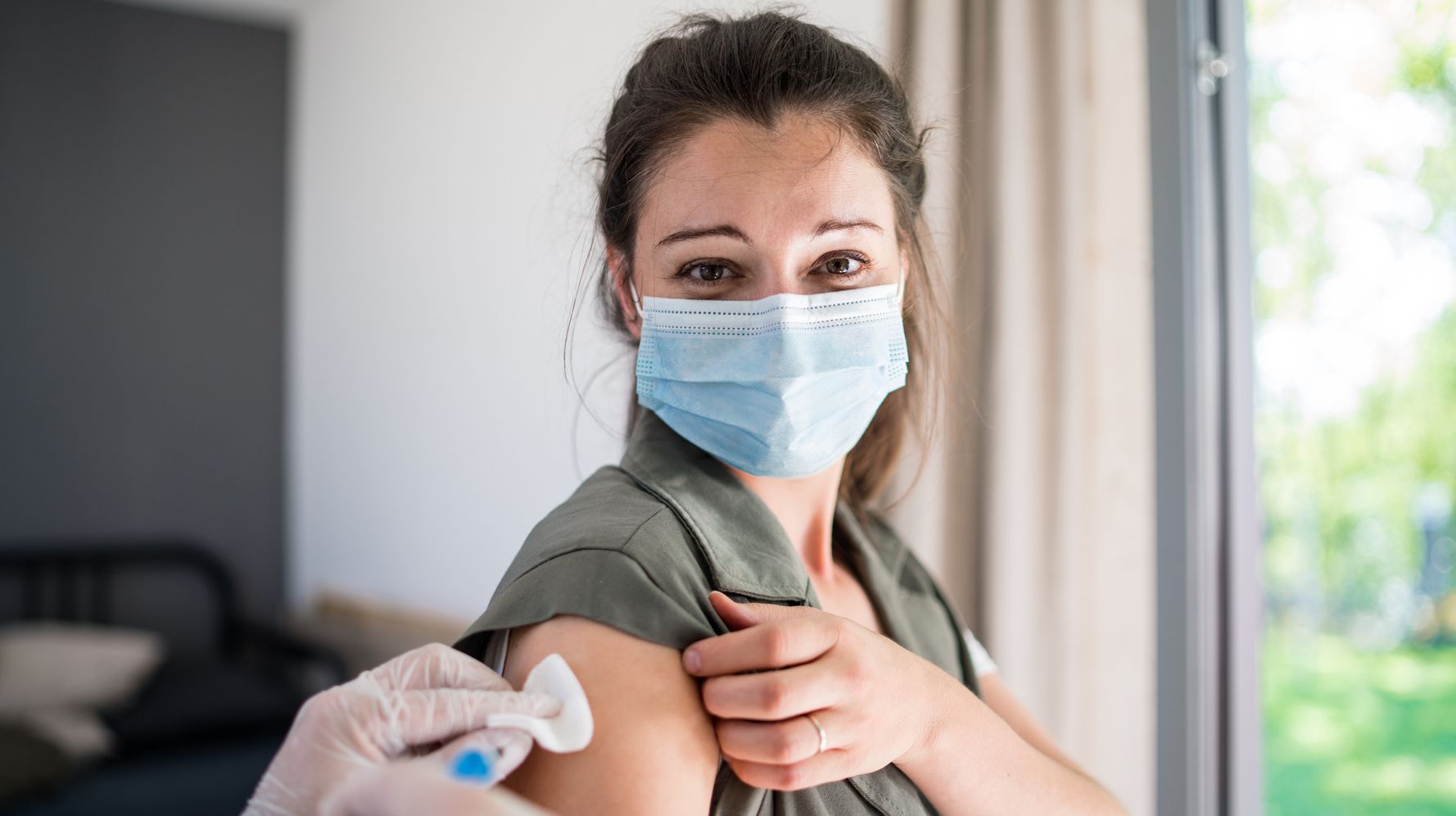It finally feels like there’s momentum pulling us toward the end of the pandemic. Millions of people are getting vaccinated every day, cases are dropping, and vaccinated people can safely get together in small groups.
President Joe Biden also said in an address on Thursday that all Americans would be eligible for a COVID-19 vaccine by May 1, potentially allowing people to have a somewhat normal Fourth of July celebration. The announcement came with an infusion of hope after a long, dark year of the coronavirus pandemic.
Now, this does not necessarily mean everyone in the country will be rolling up their sleeves on that day. The general public may start scheduling appointments in early May, but it’s probably going to take a few months to work through the general population.
So what does this announcement really mean? Here’s what you should know:
More people will be trained to administer shots and more vaccine sites will open up.
So far, the vaccine rollout has been sticky — it’s difficult to secure an appointment and supply continues to be tight across the country. Daniel Fagbuyi, an emergency physician who served as a biodefense expert in the Obama administration, said the country needs to secure more supplies, staff and space to achieve the aspirational goal of opening up vaccinations to everyone by May 1.
The Biden administration plans to deploy troops to maximize vaccination efforts and administer shots, and more health care providers — including dentists, veterinarians and optometrists — will be asked to step up and give vaccines. The country will also need to open more vaccination sites, some of which should be open 24/7 to ensure people who get off work at odd hours have easy access to the vaccine.
“This is a wartime sort of response,” Fagbuyi said. “You’re going to pull all the stops and not leave any stone unturned.”
The deadline marks confidence that vaccine supply will increase from where it is now.
Amesh Adalja, a senior scholar at the Johns Hopkins University Center for Health Security and an infectious disease expert, expects there will be much more vaccine supply by May, especially as distribution of the one-dose Johnson & Johnson shot ramps up.
Right now, the country is battling supply constraints, meaning we don’t have enough doses to vaccinate all of the people who want the shot. Adalja said he expects we’ll be dealing with the opposite issue by summer.
“We’re going to be trying to convince people to come get vaccinated,” Adalja said.
The May 1 deadline doesn’t mean everyone will get a shot then. Realistically, appointments could feel more widely available by June.
All of this is assuming everything goes according to the plans set in place for the rollout. Fagbuyi said we should realistically give the plan some “room to figure the kinks out within 30 to 45 days after the initial May 1st date.”
So, when will we get to a point where it won’t be so complicated for the general public to score a vaccine appointment? Fagbuyi predicts sometime in June.
It’ll also take time to work through the rest of the population — vaccinating millions of people will not happen overnight. “The appointments aren’t all going to be on, like, May 2nd,” Adalja said, noting that some areas may still be working through other priority groups.
The summer (and the July 4 target) will look different depending on where you live.
Each area has its own vaccine rollout progression and restrictions. Some states, like Florida, Mississippi and Texas, have already lifted restrictions so Fourth of July celebrations in these locations will probably feel no different from past Independence Days.
States that have been more restricted throughout the pandemic, like New York and California, will likely lift the capacity restrictions on smaller outdoor gatherings, Adalja said. Mass gatherings, however, will likely still be off the table.
Adalja predicts that by the Fourth of July, vulnerable people will be vaccinated in all states and there will no longer be concerns about reaching hospital capacity.
We’ll still need to remain cautious and vigilant, however. There will be a sense of relief, but Fagbuyi warned this doesn’t mean it’s the time to completely let down your guard. Life still won’t completely be back to pre-pandemic normalcy — remember to factor in the fact that it takes a couple of weeks after being fully vaccinated to build up immunity. We’ll also need to keep an eye on emerging variants.
“Enjoy the opportunity, but also be cautious and look at what’s going on around you,” Fagbuyi said.
COVID-19 likely isn’t going to disappear this summer (or ever), but experts aren’t worried about that now.
We often hear doctors say we want 70% of the population to be immune to COVID-19, whether through vaccination, natural infection or preexisting immunity, to achieve herd immunity. Each dose pricked in someone’s arm makes it harder for the virus to spread.
But Adalja said putting all of our focus on herd immunity assumes that coronavirus cases will eventually reach zero — something that infectious diseases doctors aren’t anticipating.
“What I think is more important than herd immunity is making sure vulnerable populations are vaccinated so that COVID loses the ability to cause severe illness, hospitalization and death,” Adalja said.
The goal of the vaccination campaign is to “defang the virus” so COVID-19 is no longer a life-threatening illness and more like a case of the sniffles. The vaccines have the power to accomplish this, even with current variants going around.
“The vaccines do tremendously well at stopping severe illness, even in the face of those variants,” Adalja said.
We don’t just want cases to go down — we want hospitalizations to plummet.
“I think we’ll get there long before we get to herd immunity,” Adalja said. “We’re actually starting to get there now already.”
Experts are still learning about COVID-19. The information in this story is what was known or available as of publication, but guidance can change as scientists discover more about the virus. Please check the Centers for Disease Control and Prevention for the most updated recommendations.


